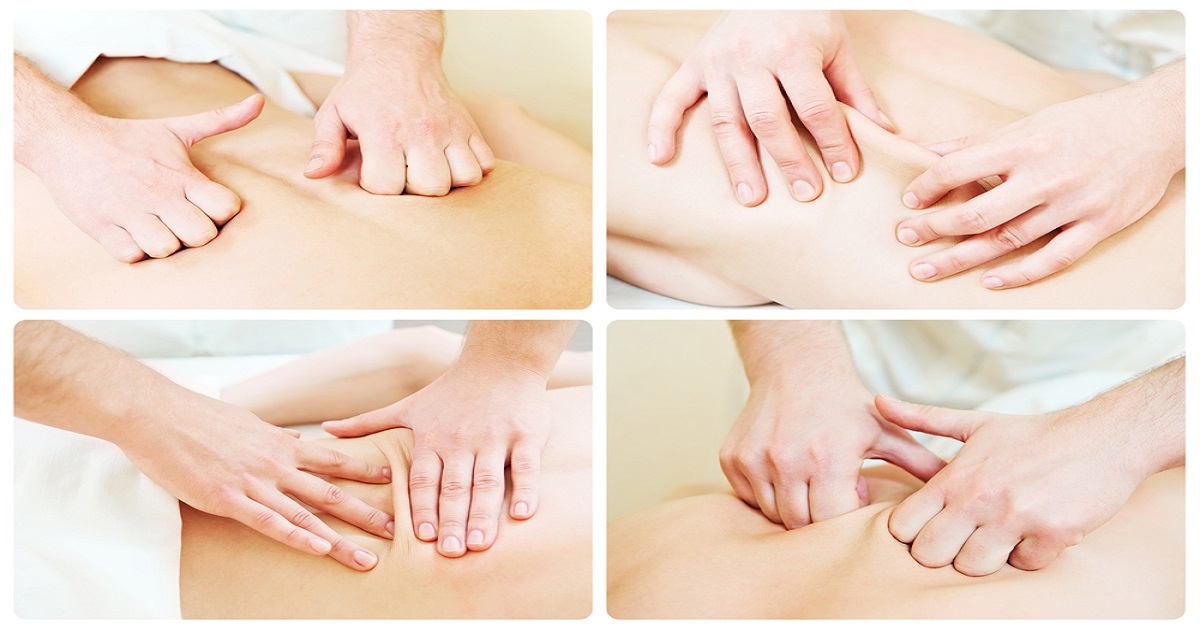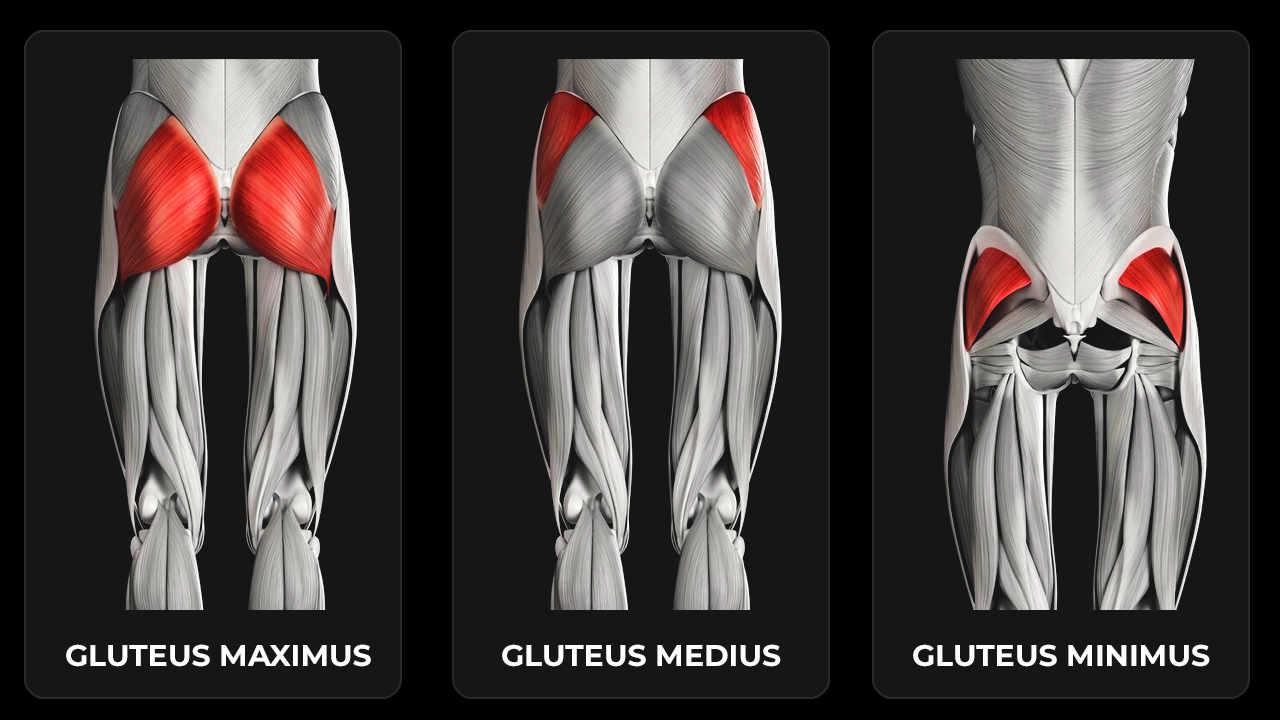Physical therapy is a branch of healthcare that aims to enhance and restore functional ability and quality of life to those with physical impairments or disabilities. Pain relief is a crucial aspect of physical therapy, as it helps individuals manage discomfort, recover from injuries, and improve overall well-being. In this article, we’ll delve into various physical therapy pain relief techniques, ranging from conventional methods to more advanced approaches.
Understanding Pain Relief Techniques
What is Pain Relief?
Pain relief refers to the alleviation or reduction of discomfort experienced by individuals due to injuries, medical conditions, or other factors. It involves employing strategies and interventions to mitigate pain sensations and improve comfort levels.
Importance of Pain Relief Techniques
Effective pain relief techniques are essential for enhancing mobility, promoting healing, and optimizing the overall therapeutic process. By addressing pain promptly and effectively, individuals can better engage in physical therapy exercises and activities, leading to more favorable outcomes.
Common Physical Therapy Pain Relief Techniques
Heat Therapy
Heat therapy involves applying heat to affected areas of the body to increase blood flow, relax muscles, and alleviate pain. Common methods include hot packs, warm towels, and heating pads. Heat therapy is particularly beneficial for easing muscle stiffness and promoting relaxation.
Cold Therapy
Cold therapy, also known as cryotherapy, entails the application of cold packs or ice to injured or inflamed areas to reduce swelling, numb pain, and decrease inflammation. It constricts blood vessels, thereby diminishing blood flow to the affected area and mitigating discomfort.
Massage Therapy
Massage therapy involves manipulating soft tissues of the body through kneading, stroking, and applying pressure to alleviate muscle tension, improve circulation, and reduce pain. It can target specific areas of discomfort and enhance relaxation and mobility.
Stretching Exercises
Stretching exercises are fundamental in physical therapy for increasing flexibility, enhancing range of motion, and reducing muscle tightness. By incorporating various stretching techniques into a routine, individuals can alleviate pain, prevent injuries, and improve overall physical function.
Advanced Pain Relief Techniques
Electrical Stimulation
Electrical stimulation, also known as electrotherapy, utilizes electrical currents to stimulate nerves, muscles, and tissues, thereby reducing pain, improving muscle strength, and facilitating healing. It can be applied through devices such as TENS units or EMS machines under professional guidance.
Ultrasound Therapy
Ultrasound therapy involves using high-frequency sound waves to generate heat within the body tissues, promoting tissue relaxation, enhancing blood flow, and reducing pain and inflammation. It is commonly employed in physical therapy settings to address various musculoskeletal conditions.
Hydrotherapy
Hydrotherapy, or aquatic therapy, utilizes the buoyancy and resistance of water to facilitate rehabilitation and pain relief. Immersion in warm water can alleviate pressure on joints, promote relaxation, and enhance mobility, making it an effective adjunct to traditional physical therapy.
Mind-Body Techniques for Pain Relief
Meditation
Meditation involves focusing the mind and promoting relaxation through mindfulness practices such as deep breathing, guided imagery, and body scans. It can help individuals manage pain by fostering a sense of calmness, reducing stress levels, and enhancing overall well-being.
Yoga
Yoga combines physical postures, breathing exercises, and meditation to promote flexibility, strength, and mental clarity. It can be adapted to suit individuals of all fitness levels and is beneficial for alleviating chronic pain, improving posture, and enhancing relaxation.
Breathing Exercises
Breathing exercises, such as diaphragmatic breathing and paced breathing, focus on regulating breathing patterns to induce relaxation, reduce muscle tension, and alleviate pain. By promoting proper oxygenation and calming the nervous system, breathing techniques can complement other pain relief strategies.
Combining Techniques for Maximum Effectiveness
In many cases, a combination of pain relief techniques yields the best results. Physical therapists often customize treatment plans to incorporate multiple modalities tailored to individual needs and preferences. By integrating various approaches, individuals can experience synergistic effects and optimize their pain management outcomes.
Professional Guidance and Safety Measures
It’s essential to seek guidance from qualified healthcare professionals when implementing pain relief techniques, particularly advanced modalities such as electrical stimulation or ultrasound therapy. They can assess individual conditions, provide personalized recommendations, and ensure proper technique and safety precautions are observed.
Conclusion
Physical therapy offers a diverse array of pain relief techniques designed to address a wide range of musculoskeletal issues and promote overall well-being. By understanding and incorporating these methods into a comprehensive treatment plan, individuals can effectively manage pain, enhance mobility, and improve their quality of life.



